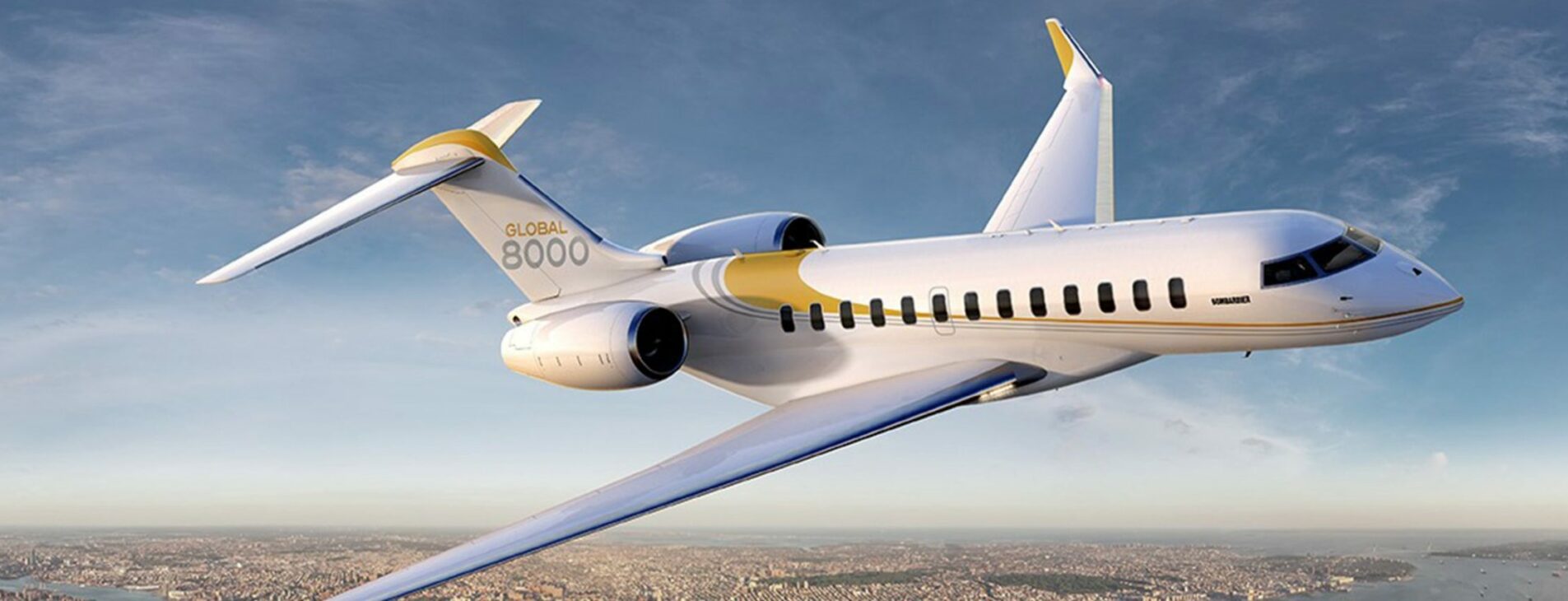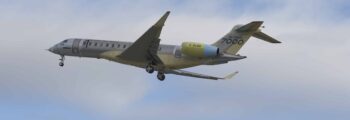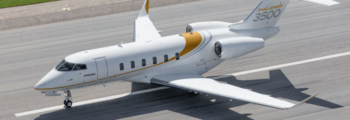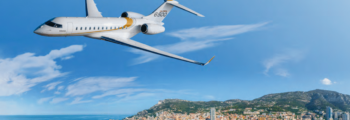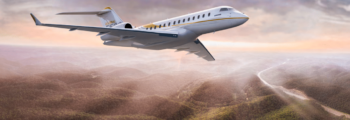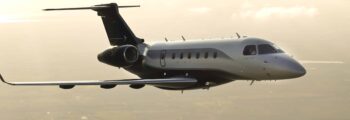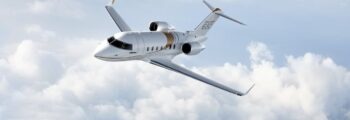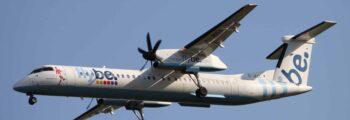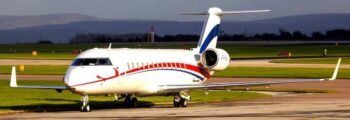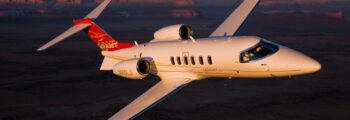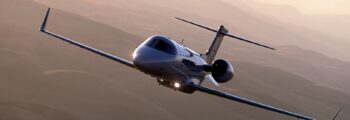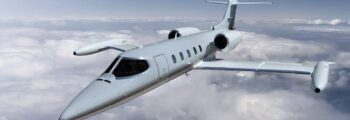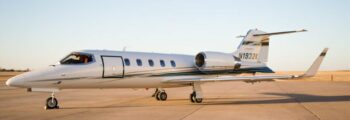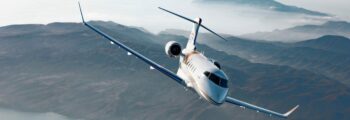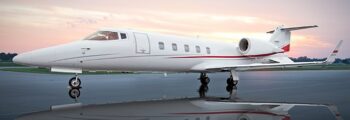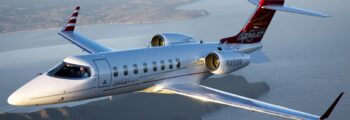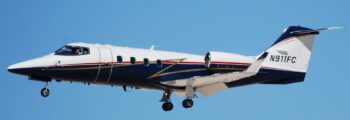Bombardier Aeronautics is a Canadian aerospace manufacturer, founded by the Bombardier Group.
The Bombardier company is known today for being a specialized aerospace manufacturer in the production of private jets and the fabrication of aircraft. But that wasn’t always the case.
This company is one of the leaders in the aircraft construction market alongside Airbus, Boeing, and Embraer.
We will tell you more about the history of this aerospace manufacturer, which has evolved over time across different industries, as well as the missions that the company fulfills today.
Bombardier today:
Some figures:
Bombardier is one of the leaders in the global aerospace industry. This manufacturer has 4,900 aircraft in its global fleet and 1,200 technicians who work worldwide on the construction and proper maintenance of Bombardier aircraft.
The American giant is present in more than 12 countries, with no less than 13,810 employees in 2021, working daily on the construction of high-performing private jets.
A committed jet manufacturer around strong values:
Bombardier has established 5 strong values since the arrival of current CEO Eric Martel in 2020. It is essentially a corporate culture that solidifies around:
– employees and customers
– performance
– excellence
– teamwork
– authenticity
Bombardier aware of environmental actions
On the road to decarbonization!
Bombardier is part of the GAMA (General Aviation Manufacturers Association) committee regarding the environment.
Its goal is clear: to be an actor in the fight against climate change and to limit emissions generated by aviation in general.
And for good reason, in 5 years, it has halved its consumption of non-renewable kerosene. The Bombardier company is transitioning to more and more sustainable fuel.
Bombardier prides itself on innovating with aircraft that are less and less energy-consuming. The company is rethinking many elements such as aerodynamics, as well as the creation of new engines.
Moreover, to fully commit to the issues and battles led by Bombardier, the latter supports many projects such as forest protection (in Mexico, for example). The aim is to combat greenhouse gas pollution as much as possible.
The history of Bombardier: from the origins of land transport to its flight
The origins of Bombardier
In the early 20th century, in 1907, Joseph-Armand Bombardier was born in Valcourt (Quebec). This genius of ingenuity and entrepreneurship built his first snowmobile at the age of 15. His desire is clear: to facilitate the mobility of people regardless of weather conditions (here, the snowy landscapes of Canada). And his wish comes true.
In 1937: his 7-seater snowmobile (the B7) is born and achieves commercial success.
In 1959: bolstered by his success with snowmobiles, he launches the famous Ski-Doo snowmobile that year.
The change in direction
1966: Laurent Beaudoin becomes CEO of the company. This marks the beginning of a new era. The company wants to diversify and grow.
1969: Bombardier goes public (shares listed in Montreal and Toronto).
1970s: Bombardier (Transport) enters the rail transport and rolling stock industry, producing cars for individuals as well as public transportation, such as subway cars.
The rise of Bombardier
Starting in 1986, with the purchase of Canadair, the manufacturer Bombardier finally opens its branch in the aerospace industry and business aviation.
It will then appropriate airspace and develop aeronautical programs for air transport. It also buys small struggling aircraft manufacturers to revive them and increase profits. Initially, the company Short Brothers, then Learjet, and also De Havilland Canada.
Bombardier continues the work of its new companies with business aviation. It then launches into wide-body business jets (the Challengers) and other aircraft programs, as well as the construction of Bombardier 415 amphibious aircraft (for forest fire fighting) in 1994.
Finally, the Bombardier group focuses on Learjets (named after the former company) and business aircraft called Global, starting in 1993.
Bombardier aviation: its missions in aerospace from 1989 to today
The revival of activity in former companies
Starting from 1989, the CJR (Canadair Regional Jet) range is launched. These are twin-engine jets ranging from 50 to 100 seats depending on the models. These aircraft are specialized in regional flights. They are now the preferred airliners for this type of travel.
Moreover, some of these CJR are later modified into cargo aircraft to allow for the transportation of goods.
Then, another flagship series of Bombardier aircraft comes to life: the Learjet range. Since the 1990s, they have reinvented and improved these famous private jets to make them design jewels. Coupled with low operating costs, these business jets offer significant enhancements such as:
– cabin modernization
– increased performance of the aircraft.
Challenges to overcome
Several challenges await the teams of the Canadian manufacturer.
In 1992, after acquiring the British manufacturer De Havilland (part of the Boeing group), Bombardier enters the 50-seat twin-engine and turbo-propeller aircraft market. It is the only one tackling this type of regional aircraft.
Shortly after, another achievement is brilliantly accomplished: Bombardier manages to significantly reduce the noise pollution of a twin-turboprop aircraft.
This will earn it the name “Q Series”; the Q standing for “quiet”.
The episode of the C-Series
The C-Series are commercial aircraft whose creation was announced in 2008. These aircraft quickly became the most sophisticated in commercial aviation.
After several years of study and creation, the first C-Series made its first flight in 2013. Numerous aircraft orders were expected from airlines. This was the case with the German company Lufthansa, which ordered around sixty aircraft (estimated at 2 billion dollars).
Bombardier partnered, a while later, in 2017, with Airbus to promote the C-Series range. Unfortunately, Bombardier would have to withdraw from the project due to a lack of resources.
The turnaround of Bombardier: a painful story
Even if you could see Bombardier at airshows, the company was about to become less present in the air.
Until 2020 and for 5 years, the Canadian company entered a recovery plan. Indeed, the debts of the aircraft manufacturer had accumulated, and in order to preserve the company and ensure its future, it needed to withdraw from several projects and forget about large order deliveries. This is why, even with the significant success of the C-Series range, Bombardier had to stop continuing the project.
Similarly, the Bombardier Transport division was sold to Alstom in February 2020. This allowed the company to significantly reduce its debt.
In 2020, the CEO of the industry changes, and Eric Martel takes over the company’s direction. Bombardier focuses its activity, like other manufacturers, solely on business jets.
A chapter has closed, another has opened, and it has already introduced significant innovations for the aerospace realm.
Strategies and actions of Bombardier today
Bombardier aims to be the global leader in the industry: through its performance, the value it brings to its customers and shareholders, and its operational excellence. In short, our aim is to extend the exceptional performance of our products and talented employees throughout our company. Eric Martel, CEO and President of Bombardier.
Some figures on Bombardier’s private jet segment
For less than two years, Bombardier has made the decision to focus exclusively on business aviation.
You will surely have the chance to see their planes flying over the Parisian runways during the Bourget airshow.
The challenge has been met, as evidenced by these figures.
– 142, that is the number of jets Bombardier delivered in 2020.
– 452 million dollars, this represents the largest aircraft order in 2021, with around ten jets to deliver.
The 3 families of business jets
Focusing on the essentials is what Bombardier wishes to do with its aeronautical equipment. With nearly 4,900 aircraft in circulation, this manufacturer is an essential leader in the design of private jets with a well-established reputation.
They operate in several categories of private jets: Learjet, Challenger, and Global.
The Global range offers the largest business jets in the manufacturer’s aircraft fleet.
The Global 7500 is, in fact, the largest currently in circulation with one of the greatest flight ranges. Including several spaces within the same aircraft, you will feel rested even for a long-haul flight.
The Challenger fleet, on the other hand, consists of Bombardier’s best-selling jets.
They are a combination of innovations and technologies, like their latest model, the Challenger 3500. This model is expected to take off in 2022 and presents incredible features.
Finally, the Learjet 75 Liberty combines travel comfort while meeting the industry’s strictest safety standards. This makes it an essential jet on the market.
The various sites of Bombardier
Where there are jets to deliver, there must be factories operating at high rates to produce them.
The Canadian company is headquartered in Montreal. The main factories for the various Bombardier aircraft are located in Quebec. There are four, of which the two main ones are:
– For example, the factory that operates the final assembly of the C-Series in Mirabel, Quebec.
– The factory in Saint-Laurent (Quebec) produces some components of business jets.
Other factories complement the family and work on specific parts and components of the aircraft such as wings or fairings, for maintenance or customer support. These sites extend internationally, across more than a dozen countries.
At AEROAFFAIRES, we are pleased to collaborate and offer you Bombardier private jets. To learn more and book your flight, fill out our online quote or contact us at +33(0)1 44 09 91 82.





